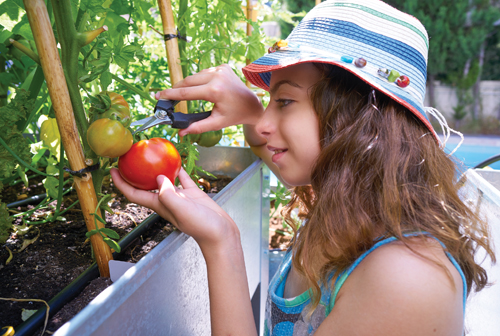By Nellie Palmer
Raised bed gardens are all the craze right now. With people staying home because of safety, there’s more time to start a garden. If you are limited on space or simply don’t want the hassle of a large garden, a raised garden bed may be your best bet.
If you are handy with tools, there are several YouTube videos on how to build your bed. One of the most important things to remember is drainage. Your bed should have adequate drainage so that your plants don’t rot.
It’s easy to grow plants in a raised bed because you get to build a nutrient-filled soil base using compost and other additives. Research the plants you want to grow then use the soil to compost ratio preferred by those plants.

Think Salad.
Salad plants are actually the easiest to grow in a raised bed. Lettuce, radishes, carrots, beets tomatoes, onions and herbs flourish in raised gardens.
Root plants like carrots, beets and radishes thrive with clean soil free from underground obstacles like rocks.
Lettuce and onions can be planted earlier in the year in a raised bed because they like cool weather, warm soil and well-drained roots. Raised gardens warm and drain faster than in-ground beds.
Tomatoes and onions need nutrient-dense soil, so add extra compost. Be sure to plant your tomatoes with enough room to branch out and allow for cages or stakes. They will need the extra support in your loose soil.
Be careful with herbs unless that’s all you are growing. Some herbs grow like groundcover and will take over your raised bed. Aggressive growers include mint, oregano and thyme.
Enjoy your fresh grown salad!



